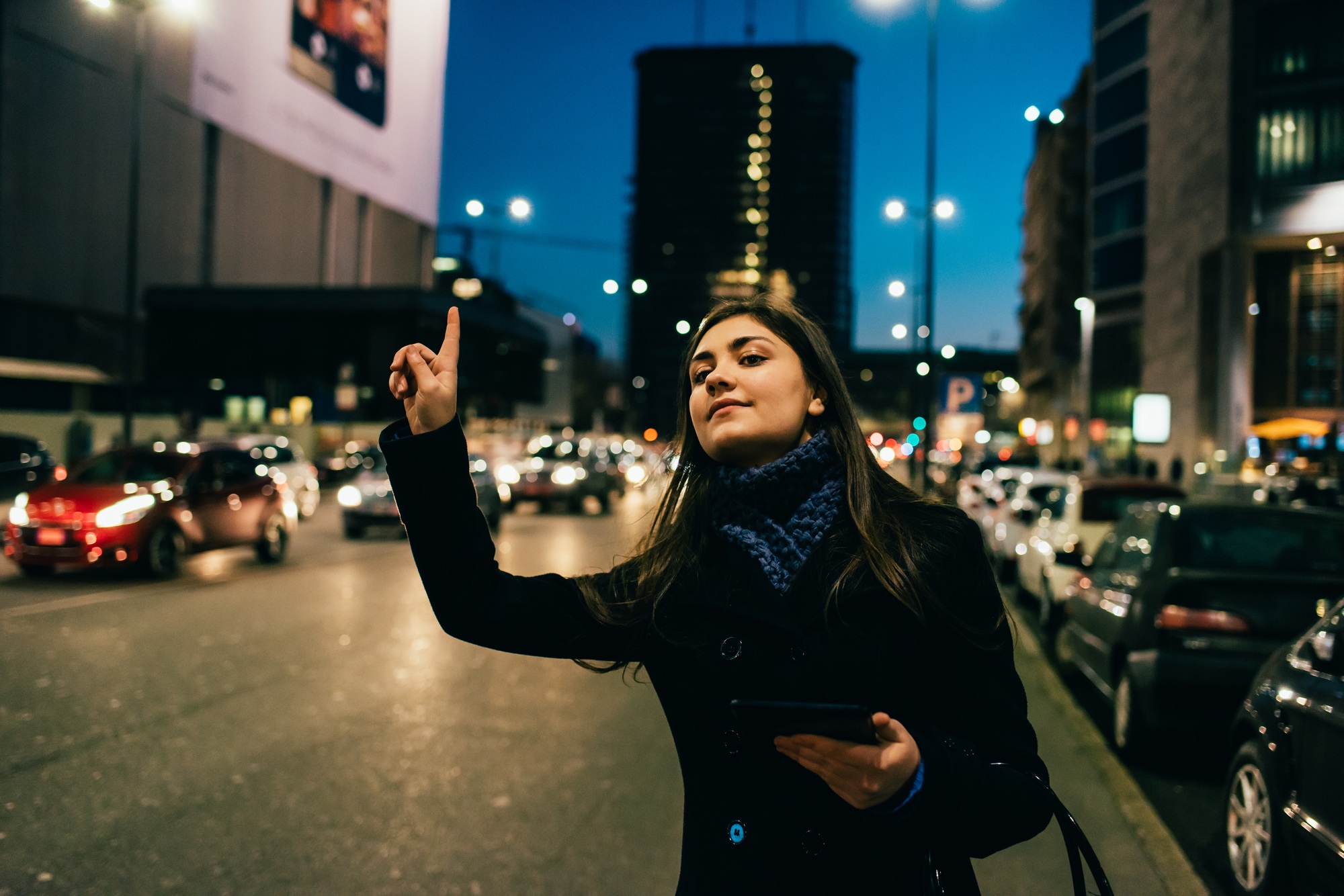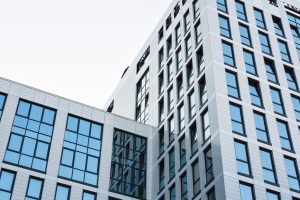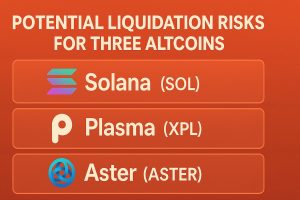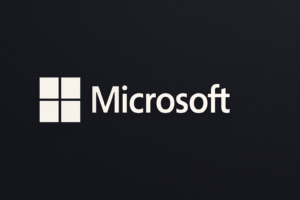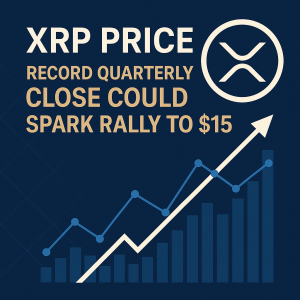Tesla has officially launched its robotaxi service in Austin, Texas, opening a new chapter in autonomous vehicle technology. The initial deployment is limited to a select group of users, signaling the company’s cautious approach as it tests and refines its self-driving system in real-world conditions.
Recent advancements in Tesla’s autonomous driving capabilities have garnered significant attention, with the company continuously updating its software to improve safety and efficiency. The rollout in Austin is part of Tesla’s broader strategy to integrate autonomous taxis into urban transportation networks, potentially transforming how residents commute around the city.
The deployment of Tesla’s robotaxis in Austin marks a milestone in commercial autonomous vehicle services, emphasizing Tesla’s confidence in its Full Self-Driving (FSD) technology. Though initially exclusive, the move hints at expanding access as the technology proves reliable and safe. Tesla’s CEO, Elon Musk, has previously expressed ambitions for widespread autonomous taxi networks, and this pilot in Austin is a step toward that goal.
Impact-wise, the limited launch affects early users and Tesla enthusiasts eager to experience driverless rides. It also introduces regulatory and safety considerations, as authorities monitor the vehicles’ performance and safety protocols. The company’s cautious approach aims to balance innovation with public safety and regulatory compliance.
Market analysts are watching Tesla’s progress closely, with some seeing this as a significant leap in autonomous vehicle deployment. The success of this pilot could influence Tesla’s valuation and accelerate adoption of autonomous taxis worldwide. Experts note that ongoing software improvements and regulatory approvals will be critical for broader deployment.
What to watch next: Tesla’s upcoming software updates and the expansion of the robotaxi program, potential regulatory hurdles, and the long-term impact on urban transportation systems.
When will Tesla expand its robotaxi service beyond Austin?
Expansion depends on regulatory approvals, software refinement, and safety validations. Tesla aims to scale services gradually, starting with more cities as confidence in the system grows.
How does Tesla ensure safety in its autonomous taxis?
Tesla employs a combination of advanced sensors, AI-driven software, and rigorous testing to ensure safety. The company continuously updates its system based on real-world data and safety protocols.
What are the potential benefits of Tesla’s robotaxis for urban transportation?
Robotaxis could reduce traffic congestion, lower transportation costs, and improve mobility for underserved communities, transforming city transit landscapes over time.

